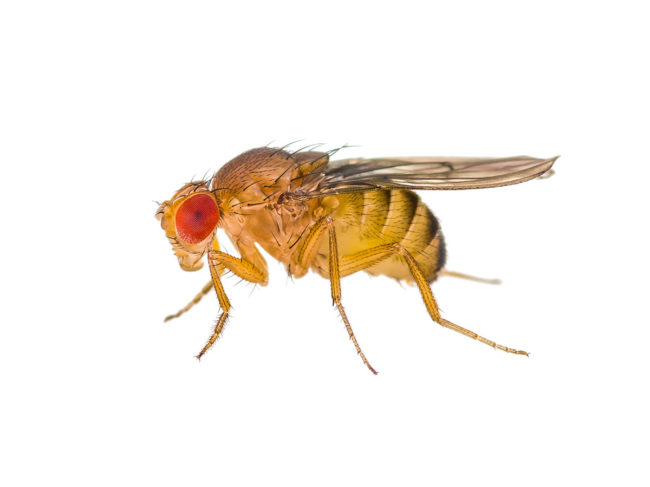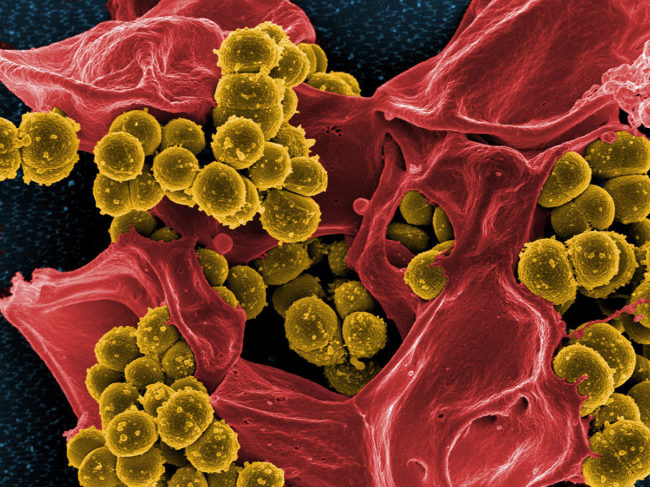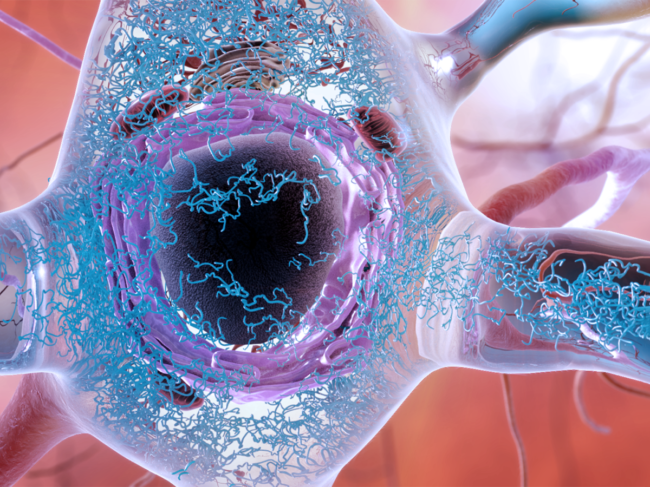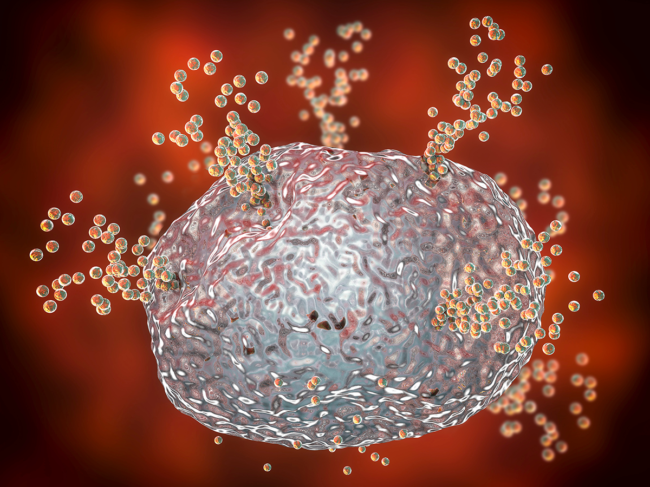
- BioWorld
- BioWorld MedTech
- BioWorld Asia
- BioWorld Science
- Data Snapshots
- Special reports
- Infographics: Dynamic digital data analysis
- Trump administration impacts
- Biopharma M&A scorecard
- BioWorld 2024 review
- BioWorld MedTech 2024 review
- BioWorld Science 2024 review
- Women's health
- China's GLP-1 landscape
- PFA re-energizes afib market
- China CAR T
- Alzheimer's disease
- Israel
- Rise of obesity
- Radiopharmaceuticals
- Biosimilars
- Aging
- IVDs on the rise
- Coronavirus
- Artificial intelligence
ARTICLES
Genetic/Congenital
Time flies: a look into aging at a cellular level
June 19, 2023
By Coia Dulsat
Cancer
Inhibition of YTHDF2 results in a more effective and safe radiotherapy
May 26, 2023
By Coia Dulsat
Infection
For fighting staph infections, multitasking fusion protein is perfect 10
April 26, 2023
By Coia Dulsat
Cancer
Antisense therapy found to reverse epigenetic changes in glioma models
April 14, 2023
By Coia Dulsat
Neurology/Psychiatric
TRIM21 may help to unlock second-generation tau immunotherapies
March 31, 2023
By Coia Dulsat
Immune
Nervous system is unexpected player in anaphylactic shock
March 20, 2023
By Coia Dulsat
View All Articles by Coia Dulsat
- BioWorld
- BioWorld MedTech
- BioWorld Asia
- BioWorld Science
- Data Snapshots
- Special reports
- Infographics: Dynamic digital data analysis
- Trump administration impacts
- Biopharma M&A scorecard
- BioWorld 2024 review
- BioWorld MedTech 2024 review
- BioWorld Science 2024 review
- Women's health
- China's GLP-1 landscape
- PFA re-energizes afib market
- China CAR T
- Alzheimer's disease
- Israel
- Rise of obesity
- Radiopharmaceuticals
- Biosimilars
- Aging
- IVDs on the rise
- Coronavirus
- Artificial intelligence




